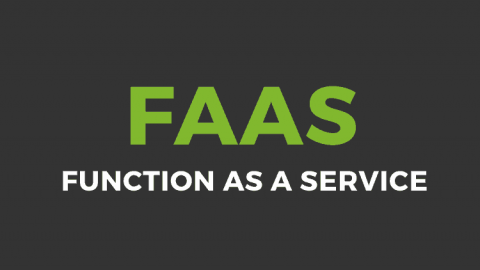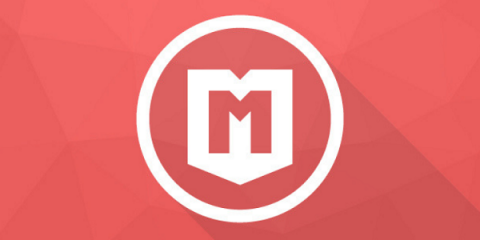Operations | Monitoring | ITSM | DevOps | Cloud
%term
Introducing Serverless360 at Integrate 2018
How to Identify Impactful Business Transactions in AppDynamics
New users of APM software often believe their company has hundreds of critical business transactions that must be monitored. But that’s not the case. In my role as Professional Services Consultant (EMEA) at AppDynamics, I’ve worked at dozens of customer sites, and the question of “What to monitor?” is always foremost in new users’ minds.
Go Beyond MTTA and MTTR With PagerDuty Analytics
Do any of these sound familiar? One of your best engineers just put in notice that they are taking a job elsewhere because the on-call load while working for you is destroying their personal life—but you honestly thought things were fine.
Functions as Service (FaaS) : its monitoring and use as tools
How about starting with an introduction? We will attach links to articles already published that expand on each concept or topic in order to keep our journey as compact as possible.
Incident Response: Should You Prioritize Quality or Quantity?
There are two common approaches to incident response: qualitative and quantitative. Each approach has its pros and cons. Meanwhile, an enterprise’s decision to take a qualitative or quantitative approach to incident response could have far-flung effects on the business, its employees and its customers.
Feature Spotlight: Public Reporting API
We’ve today introduced a fully functional API for use with our Public Reporting tool. This allows you to carry out all of the functions that you would in app, but now you can automate and schedule these tasks instead of needing to complete them manually.
Why Your "Why" Must Come First
Companies who don’t define their driving force are missing the whole point.
We Are Better Together. Here's Why.
There’s no I in team. It’s a cliche, but it’s true. And, while we all have things we’d rather do our way as an individual, the collective mind is more effective and more meaningful. At Monitive, it’s how we do business.
Zapier Set Ups - Automatically export uptime data to Google Sheets
Ever wanted to keep a backup of StatusCake data without manual entry or usage of the API? This article will take you through a different and automated method of doing so for the Up and Down test alerts. This is done with the help of the Zapier service, and the data will be stored in Google Sheets.










